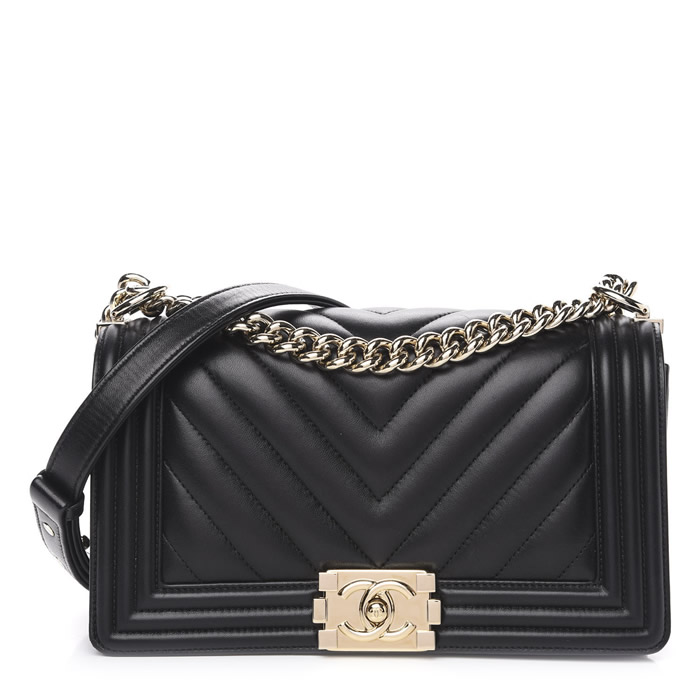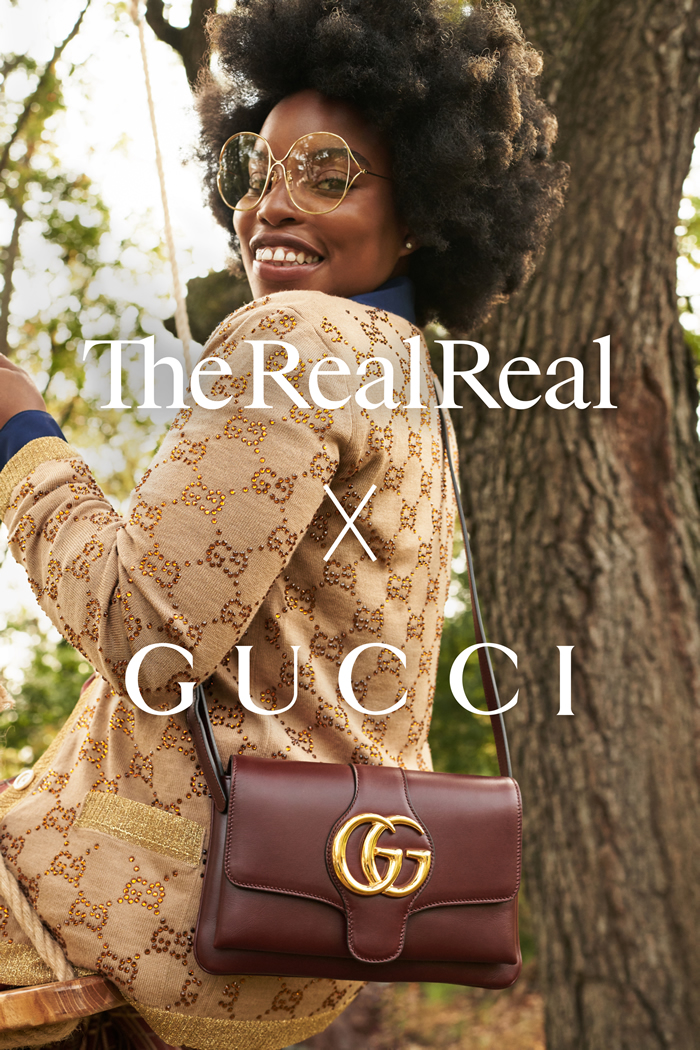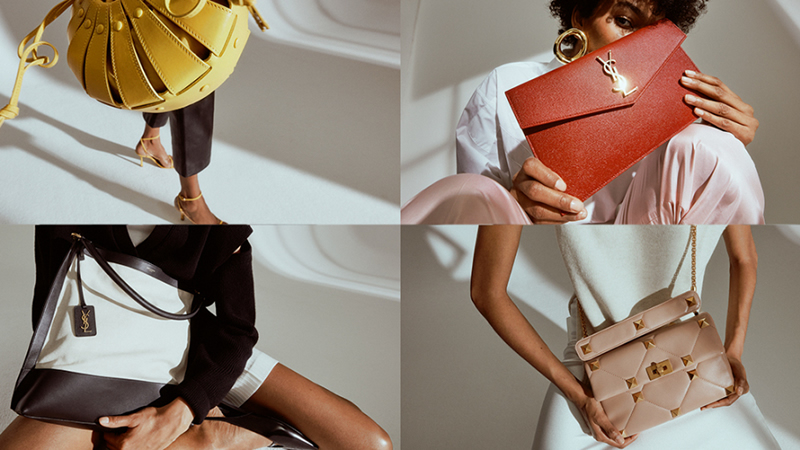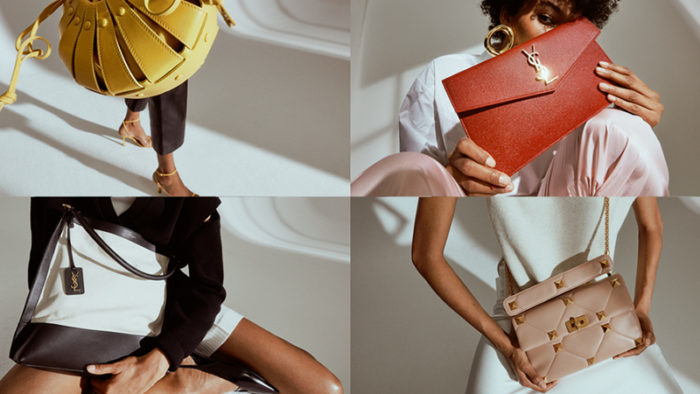As the resale market soars, the majority of luxury brands remain on the sidelines of fashion’s fastest-growing segment.
The secondhand market is forecast to double in the next five years to reach $77 billion by 2025, according to resale marketplace ThredUp. Within that total, resale is expected to grow 11 times faster than the broader retail clothing sector to reach $47 billion, the company said in its “2021 Resale Report.”
A flurry of M&A deals, including Etsy’s acquisition of Depop for $1.6 billion, suggests there are rich rewards to be reaped in the sector.
But many luxury brands are reluctant to take ownership of the process, fearing that resale could cannibalize sales of their full-price products and dent their image of exclusivity. Others are put off by the complexity of implementing circular models and doubt the financial viability of such efforts.
While Kering earlier this year backed a new 178 million euro financing round for luxury resale platform Vestiaire Collective, rival LVMH Moët Hennessy Louis Vuitton, the world’s largest luxury group with brands like Louis Vuitton, Dior, and Fendi, said it does not plan to get involved at present.
“We have such long-lasting products and we repair them, we for the moment will stick to that and proposing as beautiful new products, as creative and thrilling new collections as we can,” Antoine Arnault, head of image and environment at LVMH, said at Fairchild Media Group’s Sustainability Summit in April.
“For the moment we will stay away from that secondhand market,” he added.
It’s a position echoed by Bruno Pavlovsky, president of fashion and president of Chanel SAS.
“We want to retain control of our distribution, and I think that approach was an early contributor to the success of the brand. We’ve spent the last 20 years securing that control, so we’re not going to give it up now with partnerships in the secondhand market,” he told WWD.
“You can’t personify luxury and want to control everything,” he added. “It’s important for our customers to be able to resell items, but we have decided not to be part of that process because we want to give them the freedom to do what they want.”

There is a clear case for luxury brands fully owning the consigning process, from developing closer contact with the growing secondhand fashion audience to being able to guarantee authentication, and layering first-hand storytelling into the process, as to the origins and design of a product.
“We tell all our clients that they have to be in control,” said Audrey Depraeter-Montacel, managing director of retail, fashion, and luxury at consulting firm Accenture. “But I find that luxury brands are quite slow, overall, to tackle this subject.”
Managing the second life of their products not only demonstrates luxury brands’ commitment to a circular economy but is also good for the bottom line, Accenture Strategy said in a joint report on “The Future of Circular Fashion” with Fashion for Good, the Dutch organization dedicated to circular fashion.
“Luxury would appear to represent the biggest opportunity,” the report said, noting that the average operating margin for luxury e-commerce is 39 percent, compared with 22 percent for the current linear model — the baseline.
“Innovation and adoption of new circular business models is highly likely to grow across the fashion industry regardless of participation from existing fashion retailers — those that fail to respond risk losing the initiative on this topic and missing out over the longer term,” it continued.
“The dominance of independent platforms and start-ups creates risk for established retailers in terms of garment authentication and quality. At the same time, retailers miss out on the potential benefits of owning these channels, including additional revenue streams, deeper customer relationships, and new customer touchpoints.”
Though Kering’s investment in Vestiaire Collective is limited to a 5 percent stake, it’s viewed as a test case for the luxury sector. Gucci, the luxury group’s largest brand, had previously dipped a toe in the water with a limited partnership with luxury consignment company The RealReal.

“Pre-owned luxury is now a real and deeply rooted trend, especially among younger customers,” François-Henri Pinault, chairman, and chief executive officer of Kering said in a statement in March revealing the Vestiaire deal.
“Rather than ignoring it, our wish is to seize this opportunity to enhance the value we offer our customers and influence the future of our industry toward more innovative and more sustainable practices,” he added.
That contrasts with the strategy of Chanel, which in 2018 sued The RealReal and What Goes Around Comes Around, alleging they engaged in false advertising and sold counterfeit handbags bearing its logo. Chanel and The RealReal are attempting to mediate the case, according to the most recent public court documents.
The French luxury house says it’s the only authority when it comes to certifying its bags, and has declined to join the Aura Blockchain Consortium, formed last April when LVMH, Prada Group, and Compagnie Financière Richemont joined forces to promote the use of a single blockchain solution open to all luxury brands.
Instead, Chanel recently introduced new metal plates in its bags that use its own technology to authenticate its products, replacing the credit card-sized authenticity card that used to accompany its leather goods — a move that commenters on PurseForum interpreted as a bid to curb reselling.
Pavlovsky said the main purpose of the chips is to ensure that after-sale service is only provided for genuine bags that benefit from a five-year warranty. “It’s important to preserve the image of the brand,” he said. ‘” If it’s a counterfeit bag, it’s not the same thing. We’re not going to legitimize fakes.”
Depraeter-Montacel noted that certain brands are publicly maintaining a distance from resale sites, but quietly working to weed out fakes. “Some brands work with certain resellers to identify counterfeit goods. They don’t advertise it, but they’re working in a collaborative spirit,” she said.
Dan Brewster, senior vice president of marketing at Scalefast, which offers custom e-commerce solutions for brands across both the primary and secondary markets, said there is always going to be a segment of customers who prefer to work directly with the brand.
“Regardless of how much success they’ve had on these third-party sites, they really feel a lot better about both selling or buying products directly from the brand,” he said, noting that the same trend has been in development in the events and ticketing markets for much longer.
“A platform like StubHub is a very accepted way of reselling your tickets, but it didn’t change the fact that customers wanted to do an exchange with Ticketmaster. They felt safer with Ticketmaster, or with the concert venue, than they did with StubHub, even if it was an established, proven method of safely selling your ticket. It’s very similar in the luxury consignment space,” he explained.
There are definitely challenges to owning your own resale platform: product intake, reverse logistics, certification of quality, and authentication all need to be set up. That’s why market leaders like The RealReal or Vestiaire Collective have been pitching themselves as brands’ best solution in tackling those hurdles.
“But in the end, the brands don’t own the customer and don’t have 100 percent control over the process,” said Brewster, who argued that brands can build their own online resale platforms without cannibalizing their existing primary market business — and help elevate the consigning experience much further.
“You can create a custom URL that is specific to the secondary market so that it doesn’t dilute your current season product or alienate your full-price product customer in any way, shape, or form, yet still offers the full brand experience and protects your image,” he said.
“On a brand-owned resale site, the customer won’t just get information on where and when a product was bought. The brand can provide all kinds of rich history on the design and the collection the product is from. That mix of data and storytelling, plus the stamp of approval from the brand that the product isn’t counterfeit, makes the case of a very powerful sale for the resale market.”
The more direct-to-consumer secondary sales take place, the more records of the transactions will be kept by brands, making authentication that much easier.
“It allows the seller to charge a premium on the resale market, and allows the brand to offer a premium in-store credit instead of cash, which of course works for everyone,” said Brewster.
This model is more likely to be profitable for top luxury names whose products appreciate over time.
“The best story is ‘Girl Boss’: Sophia Amoruso talks about dumpster-diving for Chanel buttons, and the fact is that Chanel coat buttons would make a coat worth $1,000 again because of the brand equity,” added Brewster.
Yet most luxury names that have started recognizing the relevance of the secondhand market and getting involved have done so with the help of a third party. Mytheresa, Mulberry, and Alexander McQueen have all launched resale pilots this year in partnership with Vestiaire Collective.
In the case of Mytheresa, which started offering a secondhand bag resale service for its top clients last June, becoming one of the first wholesale retailers to do so, the aim was to tap into Vestiaire’s logistical know-how.
“Vestiaire Collective has an excellent infrastructure in place and great know-how in dealing with pre-loved luxury designer pieces. We are always mindful of offering the best experience and this partnership will ensure a smooth and seamless process for our customers,” said Michael Kliger, CEO of Mytheresa.
Vestiaire added that the partnerships have helped increase customer engagement with the brands and tap into new audiences — so much so that it’s not a matter of if, but when, more luxury names will be joining in.
“Secondhand is the future, as resale clothing is projected to be 27 percent of consumers’ wardrobes by 2023, which means we will continue to see partnerships like this,” said a company spokesperson, adding that Vestiaire’s global community of 11 million buyers and sellers is bound to be an appeal for brands.
“Younger consumers are paying attention to what brands are doing to be more sustainable. A recent survey we released with BCG found that 62 percent of consumers would be more willing to buy from fashion brands that partner with resale platforms. Our long-term goal is for every brand to have a resale service as a basic,” the spokesperson added.
Nonetheless, Depraeter-Montacel believes we’re still some way away from brands wanting to publicly participate in the resale movement.
“I can fully understand the hesitations of luxury brand bosses,” she said. “But you can’t ignore a movement that’s becoming huge, and it’s in their interest to control the environment in which these conversations and transactions occur. I think the problem is that they still haven’t figured out how.”
She pointed to Farfetch’s Second Life site, which allows customers to trade their pre-owned designer bags for shopping credit, as an example of how to integrate resale in a high-quality online environment.
“There is a debate about whether this type of site should be hosted directly on the brand website, or whether it should be a parallel platform,” she noted. “What is certain is that brands have all the keys in hand. They have the talents, they have the technological assets, so there is no reason they can’t find the right model.”
Read the original article on WWD


